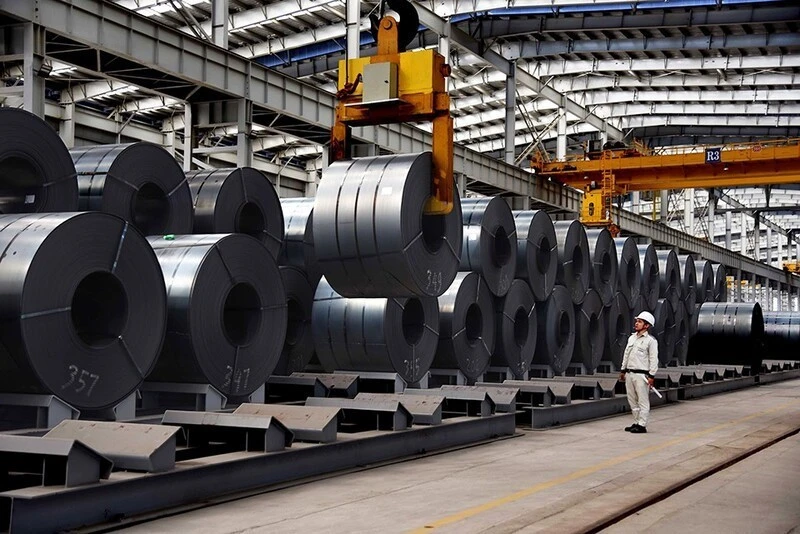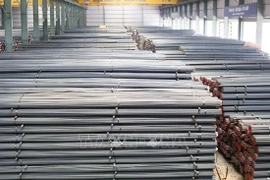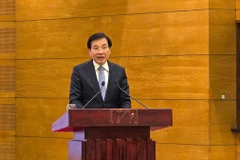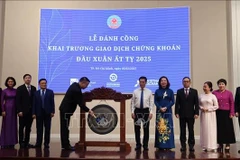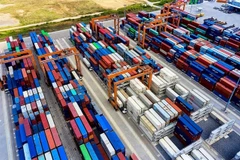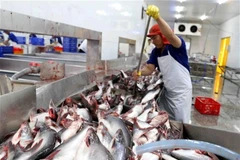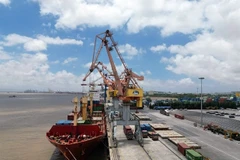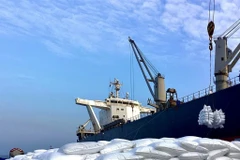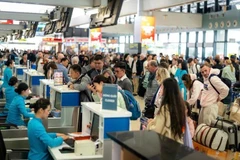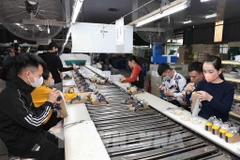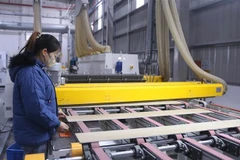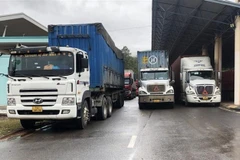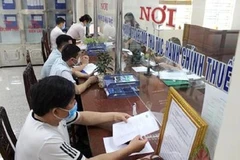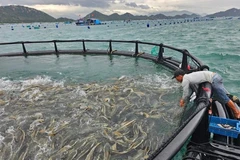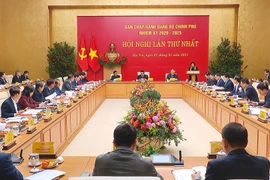Hanoi (VNA) - The US Department of Commerce (DOC) on September 25 officially launched anti-dumping and countervailing duty investigations on corrosion-resistant steel (CORE) imported from Vietnam. This petition targets specific types of steel classified under HS codes 7210, 7212, and 7226, and is part of a broader investigation that includes 10 countries and territories, namely Canada, Mexico, Brazil, the Netherlands, Taiwan (China), Turkey, the United Arab Emirates (UAE), Vietnam, Australia, and South Africa.
According to the Trade Remedies Authority of Vietnam (TRAV) under the Ministry of Industry and Trade, Vietnam ranked third among the countries under investigation, with CORE exports to the US totaling 626 million USD in 2021, 751 million USD in 2022, and 242 million USD in 2023.
Only Canada and Mexico exported more CORE products to the US during the period. The anti-dumping investigation covers the first six months of 2024, while the countervailing duty investigation examines subsidies in 2023. Additionally, the injury investigation spans from 2021 to 2023.
The DOC has issued questionnaires on Quantity and Value (Q&V) to gather information from both the anti-dumping and countervailing cases. The deadline for responses is October 9, 2024, though companies can request an extension. Even businesses that did not receive the questionnaire but exported CORE steel to the US during the investigation period must submit responses to secure individual duty rates.
Following standard procedures, the DOC will rely on responses to the Q&V questionnaire and US Customs data to select two mandatory respondents, typically the largest Vietnamese exporters during the investigation period.
These respondents will be subject to individual dumping or subsidy margins. Non-selected companies may apply for separate duty rates by proving their independence from the government in both legal and practical terms.
Companies applying for separate rates must submit their applications within 30 days from the investigation’s initiation. If a company fails to apply for or is denied separate rate status, it will be subject to the general duty rate, which is often based on the highest alleged dumping margin.
After identifying the mandatory respondents, the DOC will issue a more detailed questionnaire to these companies. In countervailing duty cases, an additional questionnaire will be sent to the Vietnamese government. The respondents typically have 30 days to submit their answers, though extensions may be granted. Supplementary questionnaires with shorter deadlines may also follow.
The TRAV has urged the Vietnam Steel Association to update its member companies about the investigation and its potential consequences. Exporters are encouraged to closely monitor developments, familiarise themselves with US anti-dumping and countervailing duty regulations, and diversify their markets and product lines to mitigate the risk of relying on too few customers.
Moreover, the authority stresses the importance of full cooperation with US investigators. Any signs of non-cooperation or incomplete responses could lead to the application of adverse facts available (AFA) by the DOC, resulting in the highest possible anti-dumping and countervailing duties for non-compliant companies.
Vietnamese exporters are advised to register with the DOC’s IA ACCESS portal (https://access.trade.gov/login.aspx) to stay informed and submit relevant documentation to US investigators. Companies should also maintain close communication with the Trade Remedies Authority to ensure timely support and guidance throughout the investigation process.
The current investigation underscores the importance for Vietnamese steel producers to remain vigilant in complying with international trade law, particularly in key export markets like the US. Vietnamese exporters need to be proactive in addressing trade remedy issues, exploring new markets, and maintaining competitiveness in a challenging regulatory environment.
The DOC’s final determination could significantly impact Vietnam’s steel industry, particularly if punitive duties are imposed. Therefore, thorough preparation, compliance, and strategic planning are critical for Vietnamese steel exporters to navigate this complex trade dispute successfully. The next few months will be crucial for affected businesses as they await the DOC’s preliminary and final findings in this case./.
